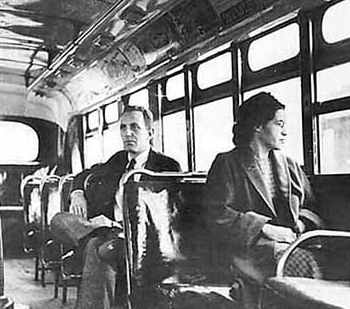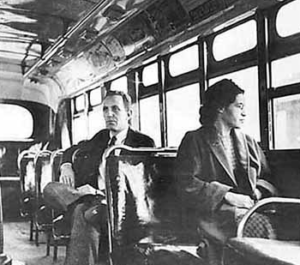Many have heard the narrative regarding Rosa Parks during the Montgomery Bus Boycott, as it has been reiterated in schools since elementary school, and continues to be the topic of discussion on into college, but If you aren’t familiar, here’s a quick synopsis:
On December 1, 1965, Rosa Parks boarded a bus and sat in the “whites only” section. The bus driver at the time ordered Rosa to move back to the “colored” section in order to make room for a white passenger. She refused, and stood firm in her silent action, igniting the beginning of the Montgomery Bus Boycott.
But, what people often don’t know is that Rosa Parks traveled to Montgomery with purpose. She wasn’t a grumpy old woman who refused her seat because she was hot and moody, but actually, she had worked for the NAACP and had been fighting unfair segregated laws since 1943. She’s more than just a passive character in the Civil Rights Movement. She worked as a seamstress but was active in organizations that worked to gain equality for African Americans. The NAACP, which stands for the National Association for the advancement of colored people, helped make strides in this fight for equality when they helped win Brown v. Board of Education. They also helped fund attorney fees for black men who had been falsely accused but couldn’t afford to hire a lawyer. Rosa Parks traveled around the south fighting for equality under this organization, and while her fame ignited along with the Montgomery Bus Boycott, it did not end there.


